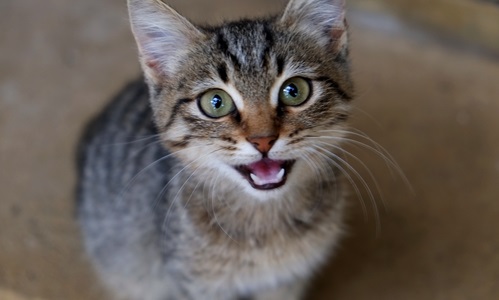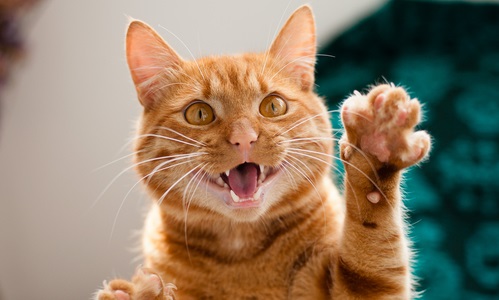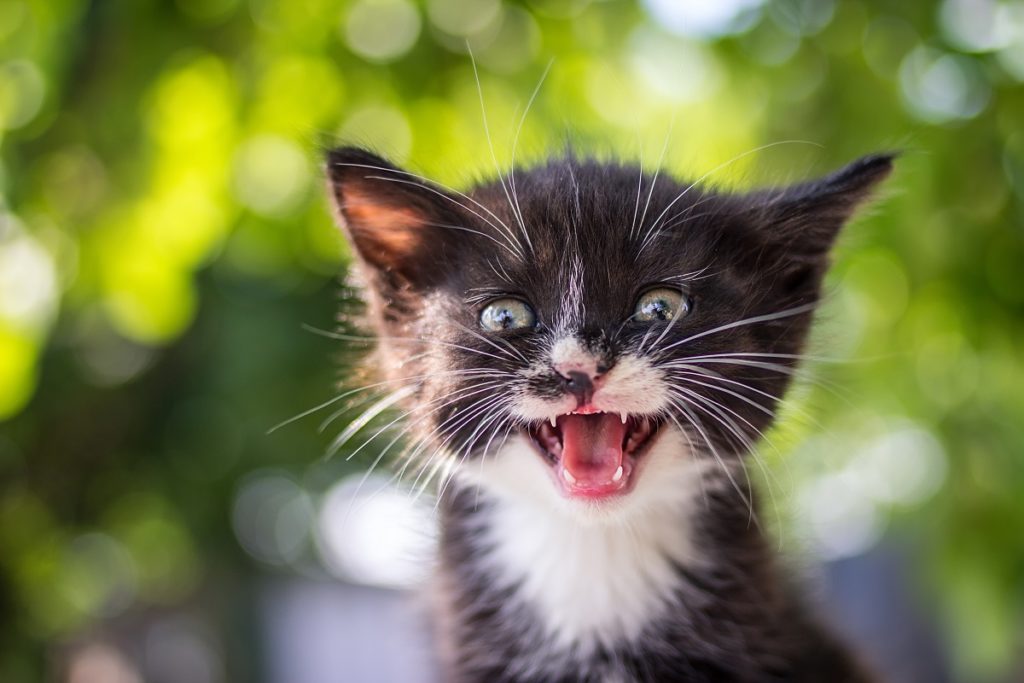Almost every adult of a certain age has had that cringe-inducing moment: a crunch down on a piece of apple, or a cracker, and suddenly it happens: a chipped tooth. While humans can simply go to the dentist to have dental damage repaired, their cat back at home doesn’t have that same luxury. In fact, given that cats often hide pain or injuries, his owner might not even realize there’s an issue until the damage has gotten worse.
The Warning Signs Of Cat Dental Issues
When a cat is suffering from a dental problem, he won’t make it obvious. It’s only when his owner carefully monitors him for changes in behavior that a lost tooth might be discovered. Here’s a few of the red flags that might necessitate a peek at his gumline:
- Excessive drooling without a cause. Bear in mind that some common factors, such as topical flea medications or eating certain bugs, may also cause drooling. It’s prolonged drooling that should raise concerns.
- Reluctance to allow his face or jaw to be touched. If your cat is normally affectionate and enjoys vigorously rubbing his cheeks against his owner or getting chin scratches, a difference in behavior might mean he’s protecting a painful lost tooth or gum issue.
- A loss of appetite. When a human is dealing with a dental issue, he or she can simply elect to eat soft foods until a repair can be made. For a cat on a primarily kibble diet, however, the thought of crunching down on hard food can be agonizing. While he may try to chew with his “good” teeth, he’s still likely to be eating far less than usual. If your cat is experiencing a loss in appetite, it may be time to visit the vet.
- Bleeding or swelling around his mouth. Depending on the reason for tooth loss, there may be external signs of injury or damage around his mouth. If he’s recently been in a fight with another animal, or sustained trauma from a fall, he may have lost a tooth during the healing process.
The best way to confirm if a cat has a missing tooth or not is to gently hold him and lift up his lip to check his gumline. Depending on his willingness to participate, it might also be beneficial to gently wrap his body in a towel with his head peeking out: this will keep his claws under wraps.
What You Can Do For Cat Tooth Loss
 Unfortunately for felines, cat dental crowns aren’t exactly readily available. The best course of action is to bring your cat into a veterinary office that offers dental care. While they obviously can’t grow a new tooth for him or replace the lost one, they can determine if there is any looming issues with the remaining teeth, such as feline gum disease.
Unfortunately for felines, cat dental crowns aren’t exactly readily available. The best course of action is to bring your cat into a veterinary office that offers dental care. While they obviously can’t grow a new tooth for him or replace the lost one, they can determine if there is any looming issues with the remaining teeth, such as feline gum disease.
Once he has been carefully examined for further dental issues, the vet may offer to do a dental cleaning and can recommend a soft food diet that won’t cause additional pain as the injured gumline heals. Depending on how long he had been living with his dental loss, this change in diet may help his feline appetite rebound and improve his overall health.
How To Prevent Tooth Loss In Cats
Whether he’s already lost a tooth or not, safeguarding his dental health should be on par with important medical maintenance like checkups, vaccinations, and flea and tick treatments. For cat lovers that aren’t quite brave enough to attempt a manual tooth brushing on a likely-annoyed cat, several other options exist:
- Dental health-focused treats and chews, which use special ingredients and texture to fight plaque and tartar.
- Periodic dentistry checkups (with or without sedation) at a trained veterinary office.
- A mix of soft foods and kibble for regular diet; kibble helps cleanse dental buildup.
- Soft cat toys that allow him to bite and chew with his natural hunting instincts.
When Cat Tooth Loss Isn’t An Issue
 While tooth loss in older or adult cats is definitely a medical concern, tooth loss in kittens is perfectly natural. Their first tiny set of needle-sharp teeth (called the deciduous set) come in as early as two weeks after birth. These start falling out about a month later in favor of their permanent adult teeth. At only four months of age, a kitten has his full set of adult teeth: perfect for hunting down prey or his favorite treats.
While tooth loss in older or adult cats is definitely a medical concern, tooth loss in kittens is perfectly natural. Their first tiny set of needle-sharp teeth (called the deciduous set) come in as early as two weeks after birth. These start falling out about a month later in favor of their permanent adult teeth. At only four months of age, a kitten has his full set of adult teeth: perfect for hunting down prey or his favorite treats.
That’s why, if a cat is only two months or three months of age, there’s no need to worry if you find little teeth on the carpet or if he has a few gaps in his gumline. His adult teeth are coming in, and while it may be a little uncomfortable during this process, his body is growing and doing exactly what it needs to.
Sources Cited:
1) “Cat Tooth Loss: All Nine Lives. But Fewer Teeth?” Purina.com, (no publish date), https://www.purina.com/articles/cat/health/cat-tooth-loss. Accessed November 23, 2019.
2) “Why is your cat losing teeth?” Animal Planet.com, (no publish date), http://www.animalplanet.com/pets/cat-losing-teeth/. Accessed November 23, 2019.
3) Bellows, Jan, DMV, Dipl. AVDC, ABVP. “Dental Disease in Cats.” VCA Hospitals.com, (no publish date), https://vcahospitals.com/know-your-pet/dental-disease-in-cats. Accessed November 23, 2019.




